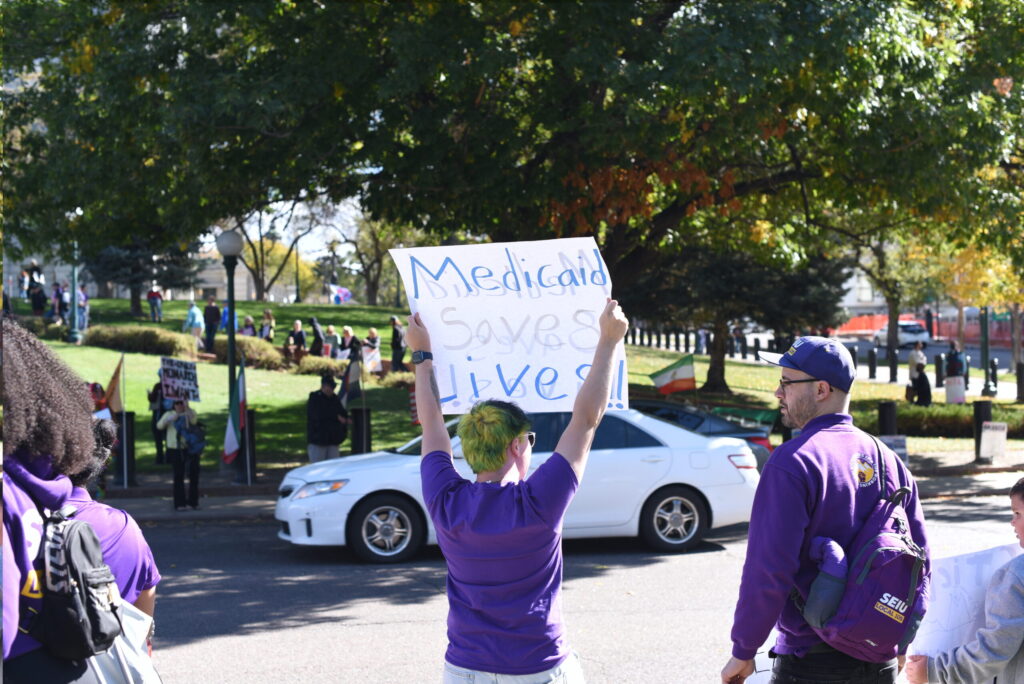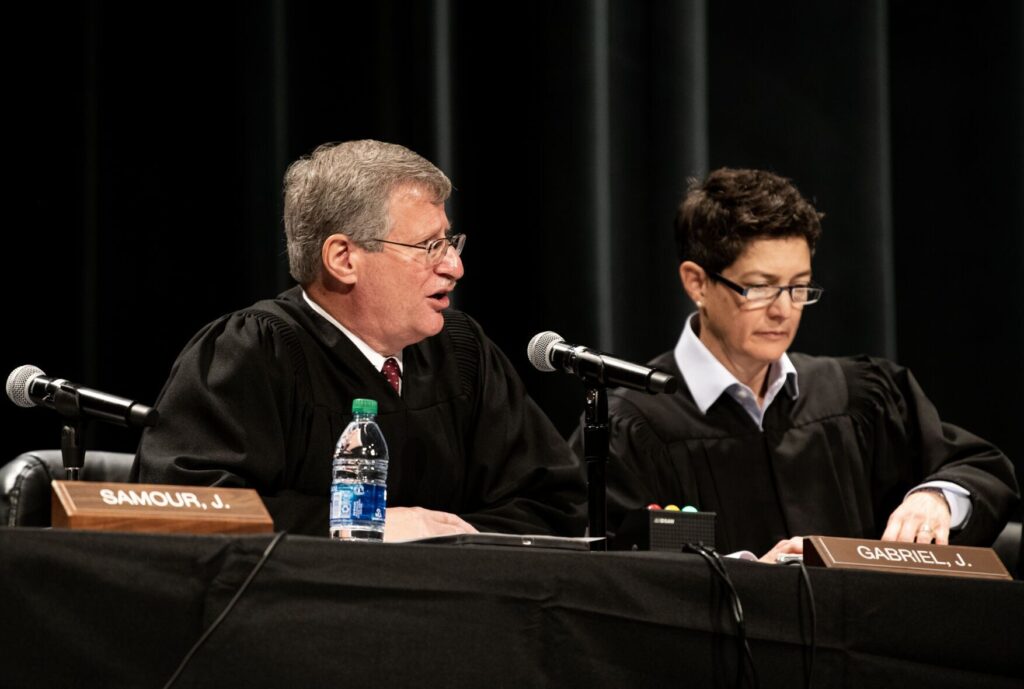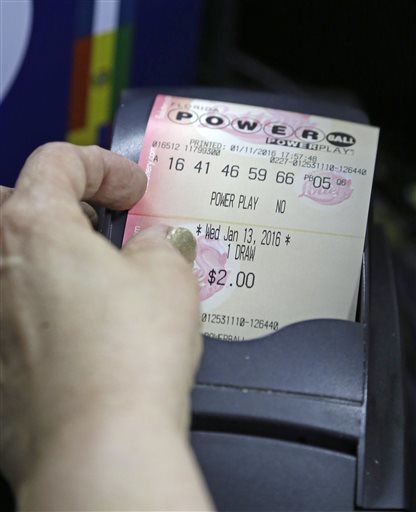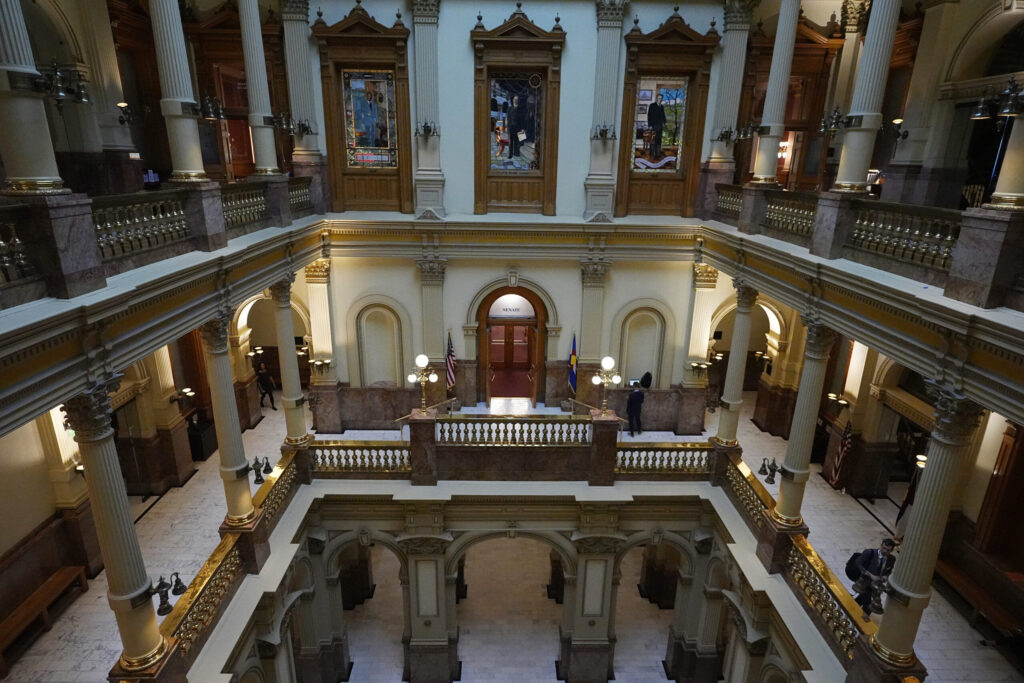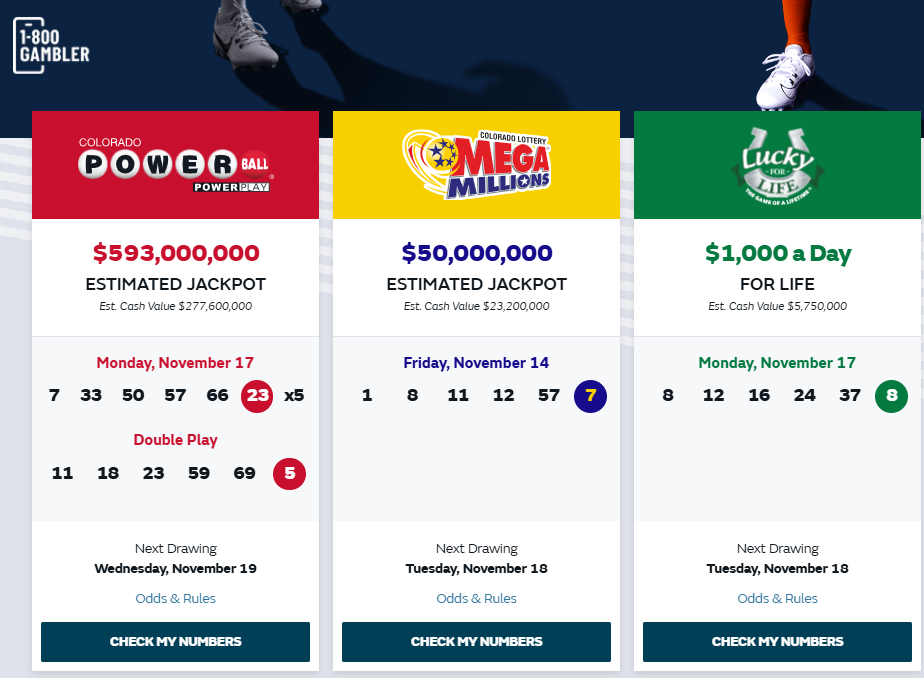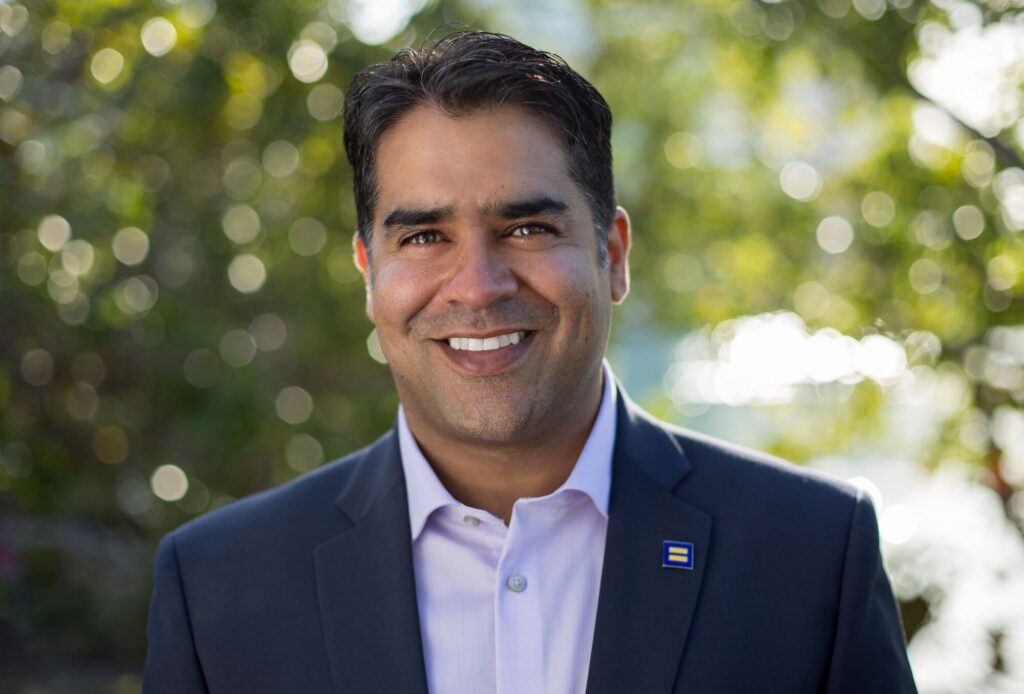Rangely police offer tough love instead of antidote for drug overdose
The things you learn reading The Rio Blanco Herald Times. If a person in drug overdose crisis gets an antidote, he won’t learn his lesson. That’s tough love, the Rangely way.
The paper reported at the top of its story on Saturday that the Rangely Town Council held its first meeting of the year on Tuesday. But that didn’t seem like the most interesting thing that happened at the meeting.
Right after Police Chief Vince Wilczek told the town fathers that each of his officers would eat lunch at the elementary school once a week, he reported drunk-driving cases were down in town by a fifth last year.
Then Town Trustee Andy Key asked Wilczek why his officers weren’t providing the antidote Narcan, the brand name for the antidote drug naloxone, to those who overdose on drugs, as Meeker does.
Wilczek said it’s not good for the addict if you save them when they overdose.
According to The Herald Times, Wilczek said it’s “like giving a drunk a drive home, they’re going to get drunk every night. Actions have recourses. If there’s no recourse for your action, you’re going to keep doing it. We shouldn’t incur any cost because of drug addicts.”
Drug overdose is the leading cause of unintentional death in Colorado, ahead of motor vehicle deaths.
The state health department said between 2000 and 2015, Colorado drug-overdose deaths totaled 10,552, more than four times the population of Rangely. The state, at its most recently reported rate, has 300 deaths a year and ranks 12th in the nation for self-reported opiod use.
The Colorado legislature passed a law in 2013 that provides immunity to non-medial professionals who administer the drug, including law enforcement or other drug addicts, to encourage the use of the antidote.
Wilczek sounds a lot like Maine Gov. Paul LePage, who said last April, “Naloxone does not truly save lives; it merely extends them until the next overdose,” when he vetoed a bill to make the drug more readily available in his state.
“Creating a situation where an addict has a heroin needle in one hand and a shot of naloxone in the other produces a sense of normalcy and security around heroin use that serves only to perpetuate the cycle of addiction.”
The New York Times said of naloxone:
“Its near-universal availability reflects the relatively humane response to the opioid epidemic, which is based largely in the nation’s white, middle-class suburbs and rural areas – a markedly different response from that of previous, urban-based drug epidemics, which prompted a ‘war on drugs’ that led to mass incarceration, particularly of blacks and Hispanics.”


